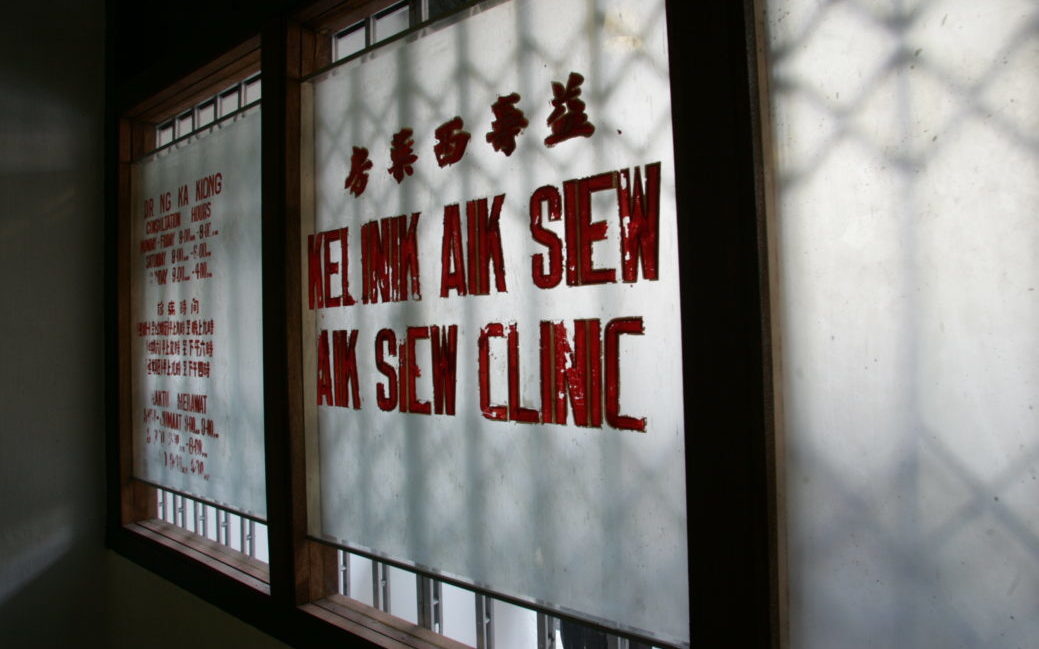Tun Tan Cheng Lock Centre

HISTORY
Tun Tan Cheng Lock’s life represents a vital vision in the history and landscape of Malaya. That vision, given his constitution, biography, bearings and settings of experiences as a very distinguished Malayan, was premised upon an idealised notion of the potential in having different peoples and classes living together.
The value of that vision is its humanistic underpins, namely of the co-existence of cultural diversity and racial tolerance in modern times. And appropriately, in our own time, more than five decades later, these legacies have found new resonance in the undertakings and activities to be conducted in the conserved townhouses at 54-56 Jalan Tun Tan Cheng Lock, generously donated to the Department of Architecture, National University of Singapore by his daughter, Ms Agnes Tan, in 2004.
THE CLINIC
Before the start of the conservation works, 54 & 56 Heeren Street, in their dilapidated state, appeared to most viewers as practical and colourless “shop houses”. They belong to a category of ubiquitous urban vernacular typology, a workhorse artifice so to speak, without apparent distinctions. They stood in contrast to the more ornate townhouses of the wealthier Peranakan families lining Heeren Street — the street of gentry and gentlemen. They also appear to challenge the stereotyped and purveyed view of wealth, and highlight the diversity and dynamism of changes on this illustrious Melakan street.
A brief timeline of the use of the two units as clinics and their subsequent uses is as follows:
1920: Dr Ong established a very successful and well-known medical practice on the other side of Malacca River, at 10 Riverside, as Ong Dispensary.
1934: First used as a maternity “home”.
1955: Upon Dr. Ong’s retirement, the business was sold to Yeah who renamed the practice ”Yeoh Maternity Home and Clinic”.
1975: Dr Yeoh retired from medical practice.
1977-79: The two units were leased out to a general practice, as Aik Siow Clinic.
1980-92: The two units were used as “rumah tumpangan” or rest-house, and thereafter, as a storage warehouse for Syarikat Abdul, an antique and junk dealer.
1992: The two shop-houses were sold in December 1992 to Singaporean architect Tay Kheng Soon; and finally purchased by Ms Agnes Tan and bequeathed to the Department of Architecture, National University of Singapore.